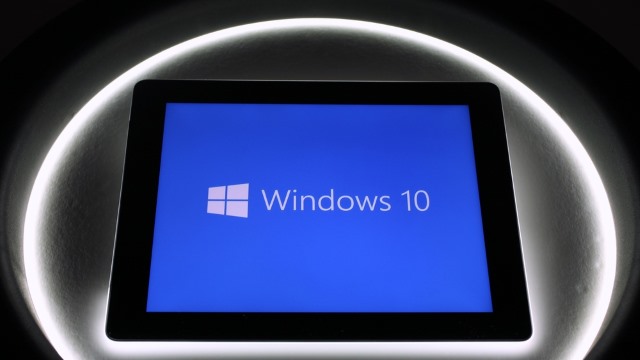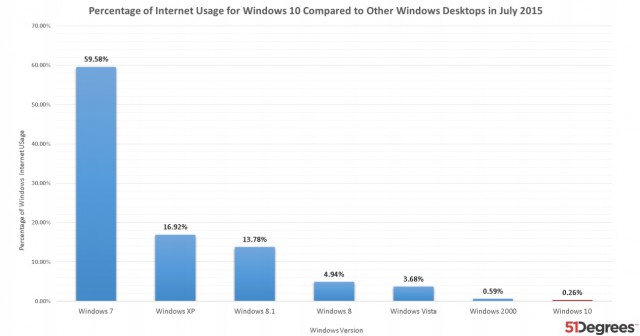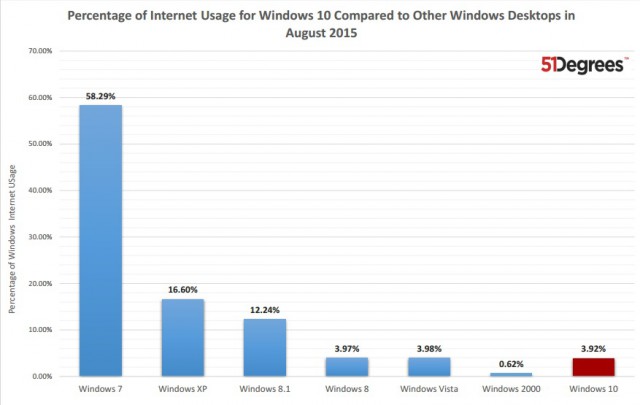
What strikes me most about the reaction to Apple’s decision to allow iPhone and iPad Safari browsers to block advertising via third-party software extensions is its reason for doing so.
According to the BBC an Apple spokeswoman claimed the decision was made "for an improved mobile browsing experience". Some users support this view with one such comment from Peter Steinberger -- "Ad blocking on iOS 9 makes such a big difference in page load times, it’s not even funny".
Ad blocking is a far more complicated issue than simply giving iOS 9 users’ increased flexibility. David Frew, senior programmes manager for the Internet Advertising Bureau trade body says "ad blocking is a threat to the whole advertising industry". The bigger picture could drive a number of damaging effects.
Personally I’ve never really minded subtle advertising, but I have been frustrated at the poor performance that often results. To enable ad blocking there is one significant technical factor that holds the key to its success -- the speed that an advert is selected and displayed in the process of loading a webpage. Most solutions use JavaScript technology to select the advert dynamically after the web page has been sent to the users’ device. In this case ad blockers have an opportunity to intercept this JavaScript and disable it, preventing the advert from being displayed.
However, if this logic is placed on the web server where processing is often completed in a matter of milliseconds then the Ad Blocker would not have an opportunity to perform its magic. Most importantly the enriched performance that is perceived by users of ad blockers will be eliminated.
Device detection is a supporting technology that can be used to optimize adverts and user experience at the same time -- without the need for ad blockers. It is crucial that the web server understands all of the information about a user’s device to make the correct and most efficient decision concerning both the positioning of the advert on the page and the type of advert to display. For example; on a small screen smartphone a persistent advert that floats in view at the top of the page could be selected. On a large screen tablet multiple small screen optimized banner adverts could be selected. Media organizations using device detection solutions such as 51Degrees have experienced 40 percent increases in advertising revenue from tablets with this approach.
Of course those using Google’s Chrome browser or the Facebook mobile app wouldn’t be impacted by Apple’s decision. One, albeit minor, reason for Google and Facebook to promote their "out of web browser" applications is to ensure the impact of ad blockers is minimized for their crucial advertising partners. This dedication to their partners differentiates them from many of their competitors.
Both ad tech companies and media partners can gain a competitive edge by re-evaluating the process currently used to serve web advertising. By improving performance they remove one of the reasons why users deploy ad blockers. By reducing the complexity and interference of adverts the ad blocking software’s key sales driver and USP is removed.
Device detection can be applied and will work efficiently irrespective of what approaches Apple, Facebook, Google and others decide to do in the future.
James Rosewell, founder and CEO of 51Degrees.
Published under license from ITProPortal.com, a Net Communities Ltd Publication. All rights reserved.
Image Credit: Maksim Kabakou/Shutterstock




